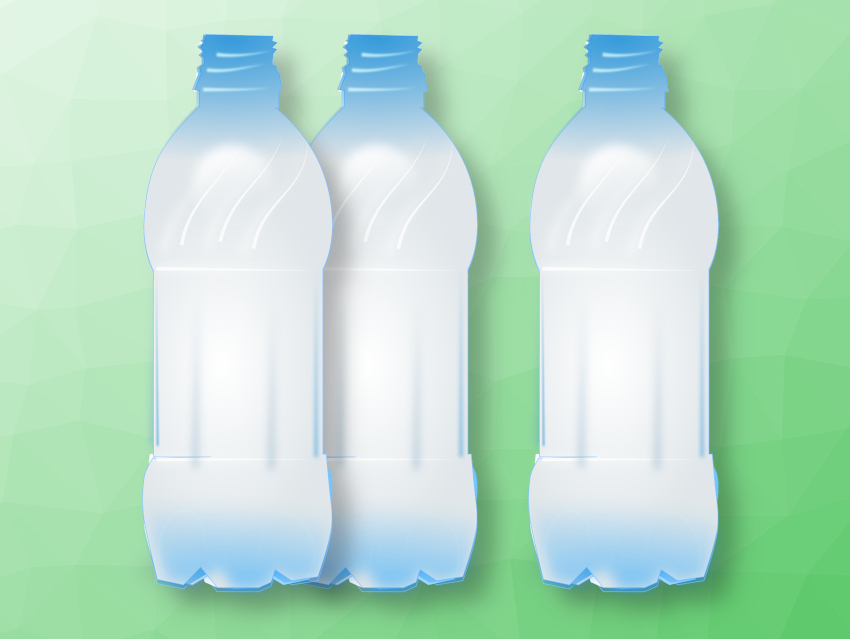Plastic waste is a growing environmental problem due to its very slow degradation in nature. Poly(ethylene terephthalate) (PET) is used, e.g., for bottles and accounts for a significant part of plastic waste. A type of bacteria found in a plastic bottle recycling factory, Ideonella sakainesis, can use PET as a carbon source. This is made possible by PET-degrading enzymes. An enzyme called IsPETase, for example, can degrade PET into mono(2-hydroxyethyl) terephthalic acid and terephthalic acid.
Jian-Wen Huang, Longhai Dai, Rey-Ting Guo, Hubei University, Wuhan, China, and colleagues have investigated the features that enable the PET-hydrolytic activity of IsPETase and how the activity of similar enzymes could be improved. The team performed structural analyses of IsPETase, variants of this enzyme, and IsPETase-like enzymes such as BurPL.
They found that IsPETase contains a serine residue near the substrate-binding tryptophan residue. Similar, but less active enzymes feature a larger histidine residue in place of this serine, which influences the conformation at the substrate-binding site. Mutating the serine in IsPETase to histidine confirmed the influence of this residue: a 50 % reduction in the enzyme’s PET-hydrolytic activity was the result.
Similar results were found for an isoleucine residue in IsPETase that corresponds to a larger phenylalanine in the less active BurPL. According to the researchers, exchanging these histidine or phenylalanine residues with serine or isoleucine, respectively, can enhance the PET-hydrolytic activity of some IsPETase-like enzymes. A BurPL mutant with both of these changes, for example, shows activity close to that of IsPETase.
- General features to enhance enzymatic activity of poly(ethylene terephthalate) hydrolysis,
Chun-Chi Chen, Xu Han, Xian Li, Pengcheng Jiang, Du Niu, Lixin Ma, Weidong Liu, Siyu Li, Yingying Qu, Hebing Hu, Jian Min, Yu Yang, Lilan Zhang, Wei Zeng, Jian-Wen Huang, Longhai Dai, Rey-Ting Guo,
Nat. Catal. 2021.
https://doi.org/10.1038/s41929-021-00616-y




